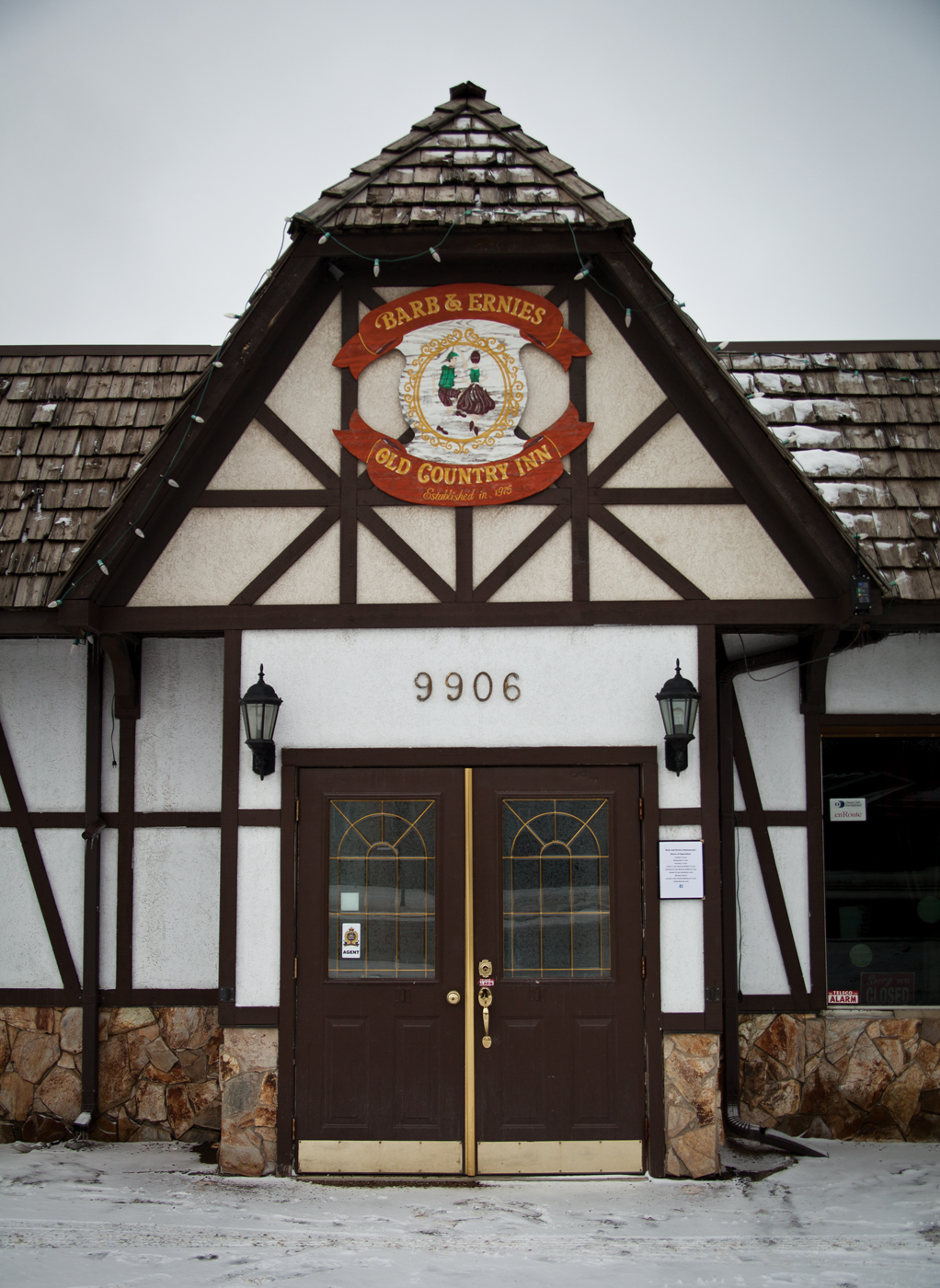When new families move to Edmonton, many of them opt for outlying neighbourhoods, where the houses are shiny, the roads are freshly paved and the trees are but saplings.
But some are choosing established neighbour-hoods closer to the city’s core — like Ritchie, which saw a 12.8 per cent increase in population between 2009 and 2014.
“I think folks in general have noticed the importance of living a bit more local — having options in walkability, cycling, taking transit — and Ritchie offers that quite easily for folks who work downtown or go to the University [of Alberta],” says Laura Cunningham-Shpeley, president of the Ritchie Community League. She moved to the neighbourhood with her family nine years ago.
“And it’s a neighbourhood that’s yet to be as developed as, say, Strathcona, so the prices are a bit more reasonable.”
Development began in the late 1800s when railways arrived in the area. Ritchie was first part of the Town of Strathcona, but that municipality amalgamated with Edmonton in 1912. It was named for Robert Ritchie, a former mayor of Strathcona and the original owner of the Ritchie Mill, which still stands at 102nd Avenue and Saskatchewan Drive.
While Ritchie has a rich history, it also has a bright future. With help from the City of Edmonton’s Corner Store pilot program, the new 17,000-square-foot, two-storey Ritchie Market business collective is slated to open in 2016 at the corner of 96th Street and 76th Avenue, with a brew pub, a coffee house, a bike store and a butcher shop.
